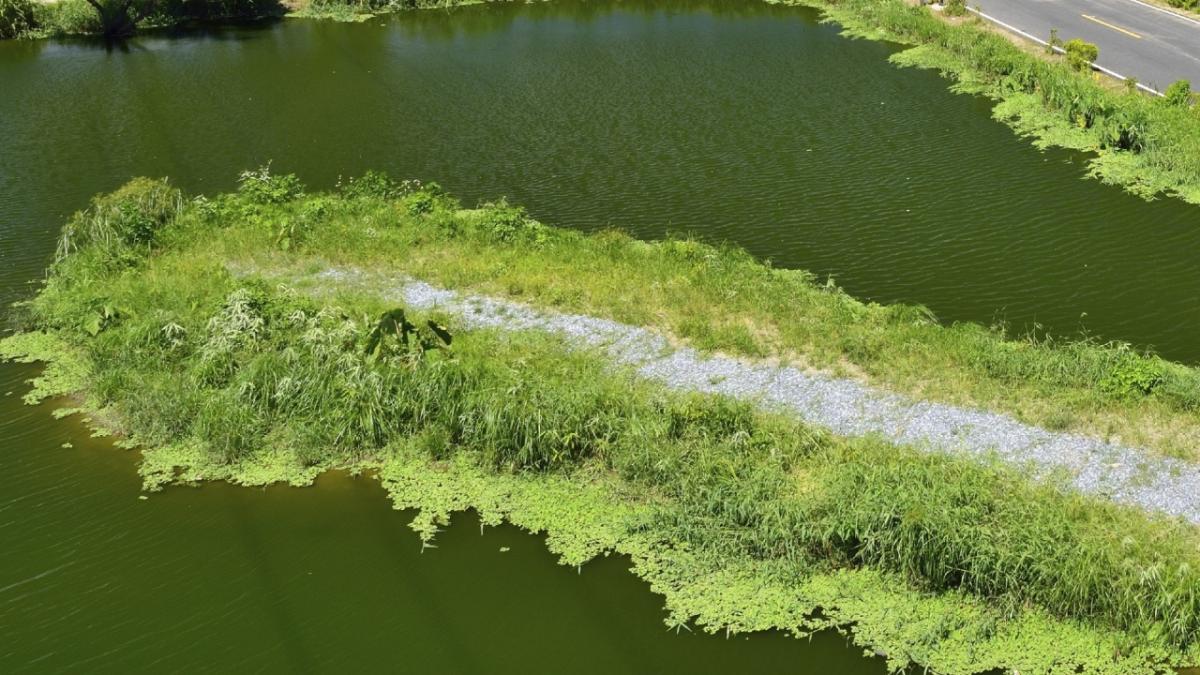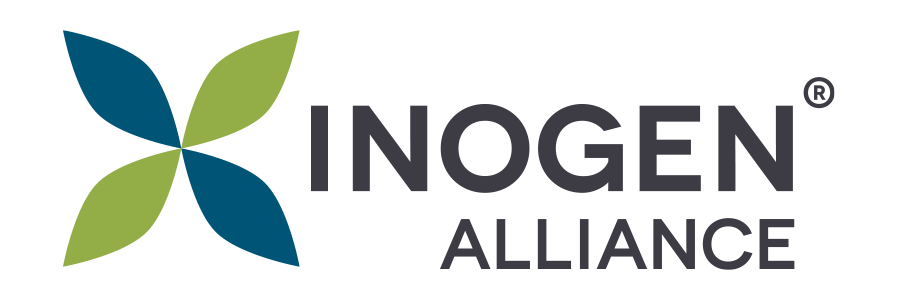Using Constructed Wetlands for Green Tech Groundwater Remediation Solutions

Using Constructed Wetlands for Green Tech Groundwater Remediation Solutions
In a webinar hosted by Inogen Alliance, experts highlighted the opportunities and benefits of using constructed wetlands for groundwater remediation solutions. Paul Verhaagen, Team Manager & Project Leader with HMVT, shared insights on how they work and an overview of several case studies which show the effectiveness of constructed wetlands as a solution.
Why Constructed Wetlands?
In natural wetlands across delta regions, we see biological processes occurring in which many pollutants are degraded. This degradation is facilitated by the aerobic and anaerobic conditions of the wetlands and is a very effective remediation solution.
The constructed wetlands approach imitates these capabilities, making natural decomposition suitable for various types of waterborne contaminants. There are many benefits to using constructed wetlands for remediation including:
- They are very energy efficient
- They use biological processes to degrade contaminants
- They can be fully integrated into sensitive areas
- They are an affordable option with low maintenance costs
- They have less impact on the environment
Principles of Constructed Wetlands
When considering a constructed wetland, keep in mind the four main principles of how they operate:
- Contamination will be transported to the wetland
- The wetland will be engineered specifically for the type of contaminant, the required water flow, the energy opportunities, the seasons and conditions, etc.
- When energy is required, it will be produced locally and overall energy costs will remain low.
- In the wetland, the contaminants are degraded.
Examples and Case Studies
To examine the different situations in which constructed wetlands can be used and the benefits they can provide, three case studies from the Netherlands were shared.
Amersfoort
In this project, the groundwater was contaminated with chlorinated solvents (CAH) from a former railroad workshop. A wetland was specially designed for the location with on-site energy produced by wind power. The design required an eight-week retention time to accomplish CAH degradation with a flow rate of 1-2 m3 per hour.
The project resulted in complete degradation of the contaminant and emissions requirements were met. After construction, the design is fully autonomous and requires minimal maintenance and checks throughout the year.
Doorn
In this case, there was chlorinated solvents (CAH) contamination from a dry cleaning operation that was located near a highly sensitive location. The goal of the project was to stop the CAH from spreading to the aquifer without disrupting the landscape. The constructed wetland was designed to integrate into the existing landscape of the sensitive location, which in this case was a national monument.
As a result, the contamination was degraded and the appearance of the landscape at the national monument was preserved.
Utrecht
In the third example, the project location was near a landfill that was producing leachate water. Water from landfills contains many contaminants and is more difficult to work with than groundwater, resulting in the need for extensive testing to determine both the cost and the feasibility of implementing a constructed wetland.
To conduct the testing, a constructed wetland container was installed on-site. This container allows tests to be quickly deployed and can test for biological conditions and various plant species and can replicate the outside environment.
This project is ongoing and aims to test the biological treatability of landfill leachate water and to generate data for a possible full-scale constructed wetland.
The Future of Constructed Wetlands
As the possibilities for nature-based solutions, such as constructed wetlands, are expanding, the demand is growing. More and more existing/conventional water treatment systems are undergoing comparison with biological treatments, resulting in a shift to more nature-based options.
We are seeing the demand grow in both urban and agricultural areas. In urban projects, constructed wetlands are being used for the local treatment of greywater while in agricultural settings they are being used to treat runoff from an area.
Constructed wetlands are able to offer an effective, affordable solution that has less impact on the environment, making them an attractive remediation solution. For these reasons, we will continue to see the use of constructed wetlands grow and replace some of the existing conventional water treatment solutions.
To learn more about constructed wetlands, contact Heikki Kalle or visit our Remediation Service page.
Inogen Alliance is a global network made up of dozens of independent local businesses and over 5,000 consultants around the world who can help make your project a success. Our Associates collaborate closely to serve multinational corporations, government agencies, and nonprofit organizations, and we share knowledge and industry experience to provide the highest quality service to our clients. If you want to learn more about how you can work with Inogen Alliance, you can explore our Associates on this webpage or Contact Us. Watch for more News & Blog updates and follow us on LinkedIn.

